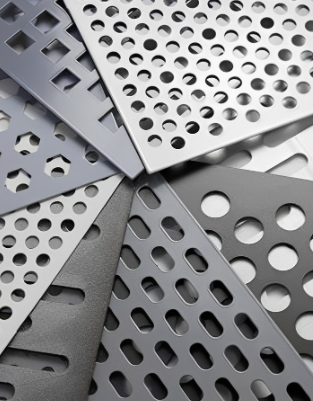In the world of construction and design, Metal Cladding stands out as a popular choice for enhancing the exterior of buildings. It offers a combination of robustness, modern aesthetics, and practical benefits that few other materials can match.
Metal cladding involves attaching thin sheets or panels of metal to a building’s exterior walls. Common metals used include aluminium, steel, and copper, each bringing its own advantages. Aluminium is lightweight and corrosion-resistant, steel offers exceptional strength, and copper provides a distinctive look that ages beautifully over time.
One of the primary reasons why metal cladding is favoured is its durability. Metal panels resist damage from weather elements such as rain, wind, and sun exposure. Unlike wood or brick, metal does not rot or crumble, which means less maintenance and longer lifespan. This durability makes it ideal for both residential homes and commercial properties.
Another benefit is the versatility in design. Metal cladding can be produced in various colours, textures, and finishes, allowing architects to realise a wide range of creative visions. From smooth, polished surfaces to patterned or perforated designs, the options are vast. This adaptability means metal cladding can suit everything from sleek, minimalist buildings to more industrial or rustic styles.
Thermal efficiency is also improved with metal cladding. When combined with appropriate insulation, metal panels can help regulate internal temperatures, reducing energy costs for heating and cooling. Furthermore, many metal cladding products are recyclable, supporting environmentally friendly construction practices.
Installation is typically straightforward, with panels designed for quick fixing and minimal disruption on-site. This efficiency can lead to faster project completion times compared to some traditional materials.
In conclusion, metal cladding offers a smart blend of durability, aesthetic flexibility, and sustainability. Its ability to protect buildings from harsh weather, reduce maintenance, and provide striking architectural appeal makes it an excellent choice in modern construction projects.
